Category: Cannabis Problems & Solutions
-

Cannabis Mold, Bud Rot, and Mildew Diagnosis and Prevention Guide: Key Tips for Growers
What Is Fungal Mode in Cannabis and How Does It Affect Your Crops? Fungal Mode is a term that refers to the growth and development of certain types of fungi in cannabis crops. This phenomenon can occur both in the soil and on the plants themselves. Some fungal species are beneficial, while others can become…
-

How to Get Rid of Aphids from Cannabis: A Complete Guide to Pests
What Are Aphids and How Do They Affect Cannabis Plants? Aphids, also known as aphids, are small insects that belong to the order Hemiptera. They are known for their ability to feed on plant sap, allowing them to thrive on a variety of plant species, including cannabis plants. There are several species of aphids, but…
-

How to Avoid Transplant Trauma in Cannabis Plants: Tips for Fixing Sagging
What Is Transplanting and How Does It Affect Cannabis Plants? Transplanting is the process of transferring a cannabis plant from one container to a larger container or to a different environment, with the aim of stimulating its growth and development. This procedure is crucial for plants that have reached the limit of their original pots,…
-
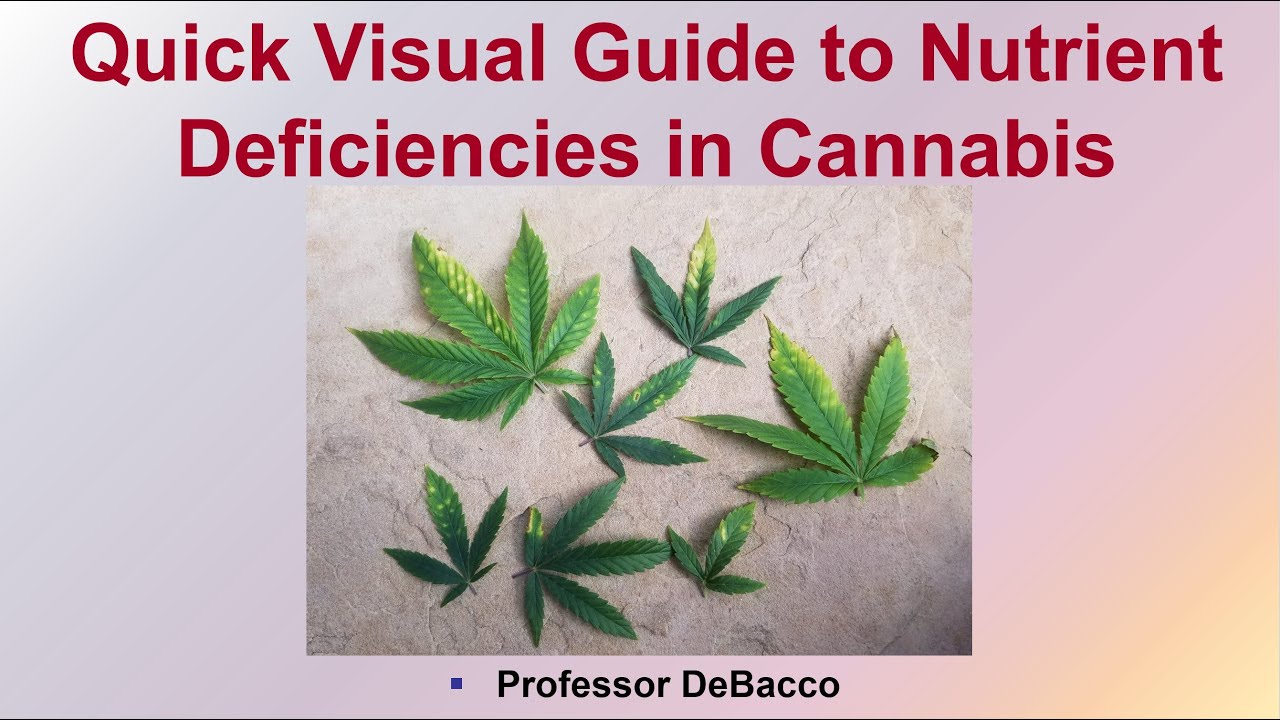
How to Detect Phosphorus Deficiency in Cannabis Plants: A Practical Guide for Growers
Understanding Phosphorus Deficiency in Cannabis Cultivation Phosphorus is an essential nutrient for cannabis plants, as it plays a crucial role in various physiological processes, including energy transfer, photosynthesis, and nucleic acid synthesis. Phosphorus deficiency can lead to stunted growth, poor flower development, and reduced overall yield. Understanding the signs and causes of phosphorus deficiency is…
-

How to Spot Nitrogen Deficiency in Cannabis: A Grower’s Guide
1. Understanding Nitrogen Deficiency in Cannabis Plants Nitrogen deficiency in cannabis plants is a common problem that can affect plant growth and development. Nitrogen is an essential nutrient, crucial for protein formation and vegetative growth. Without enough nitrogen, plants can experience a number of negative symptoms that can compromise their health. Symptoms of Nitrogen Deficiency…
-

Overwatering Cannabis Plants: Diagnosis, Prevention, and Best Practices
1. What is overwatering in cannabis plants? Overwatering in cannabis plants refers to the situation where the plant’s roots receive more water than they can absorb. This can result in a water-saturated environment that inhibits soil aeration and causes the accumulation of dissolved nutrients. Cannabis plants are vulnerable to this condition, which can lead to…
-
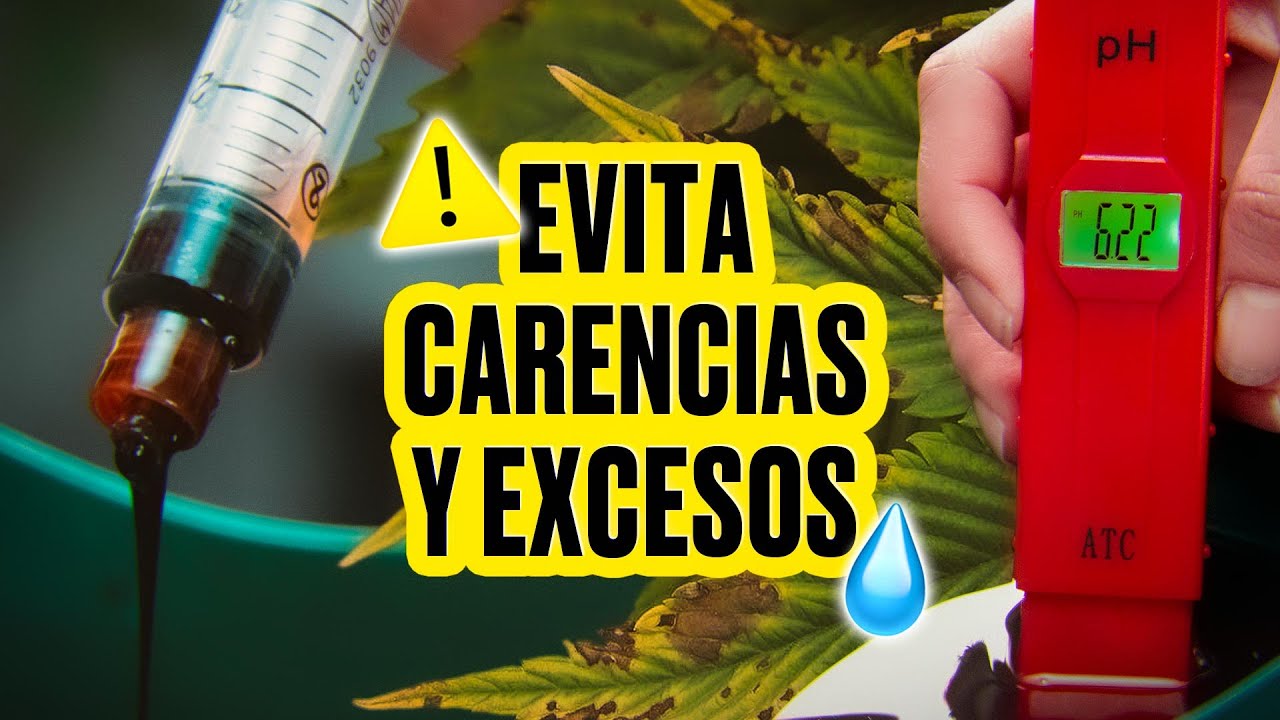
How to Measure pH and EC in Cannabis: Identifying Deficiencies and Overfertilization
Why is it Crucial to Measure pH and EC in Cannabis Cultivation? Measuring pH and electrical conductivity (EC) in cannabis cultivation is essential to ensure that plants receive the nutrients necessary for optimal development. pH refers to the acidity or alkalinity of the nutrient solution, while EC measures the concentration of mineral salts in it.…
-
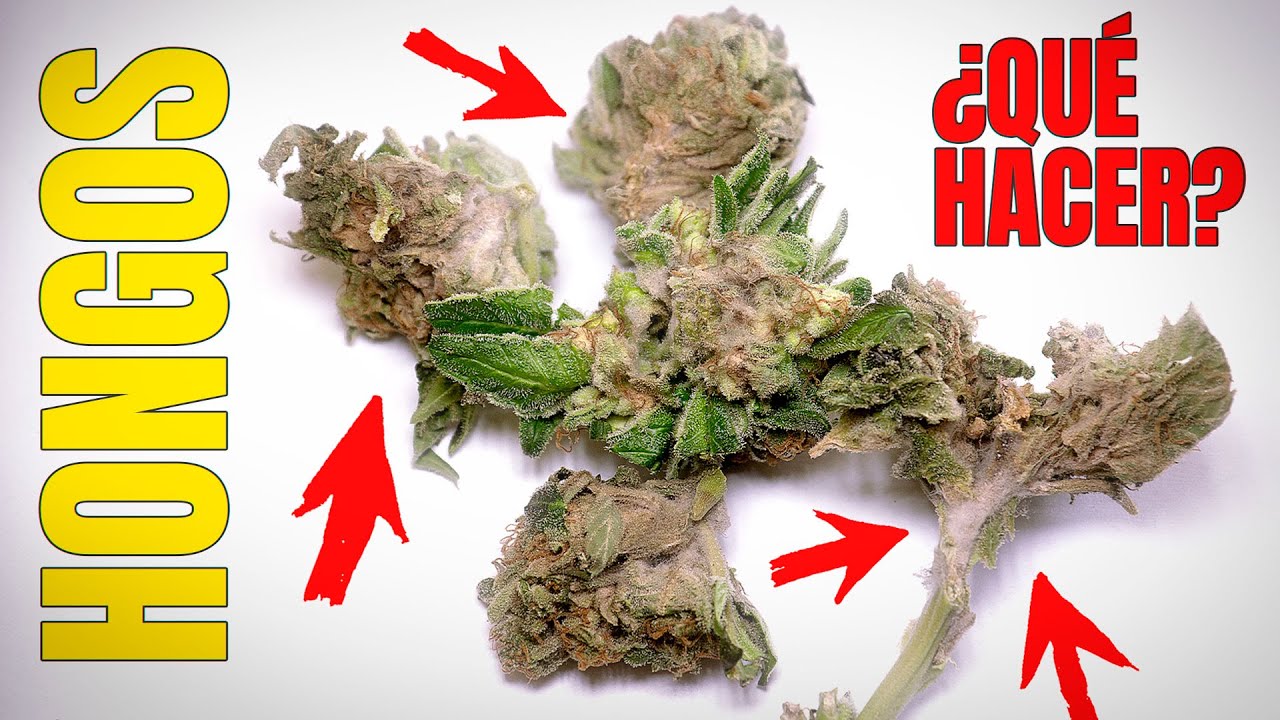
Mold and Botrytis: Everything You Need to Know and Can It Be Consumed?
What is Mold and Botrytis in Cannabis? Mold and Botrytis are two of the most common problems affecting cannabis crops, especially in conditions of high humidity and unsuitable temperatures. Both are fungi that can proliferate on plants and compromise the quality of the final product, as well as the health of the plant. Mold in…
-
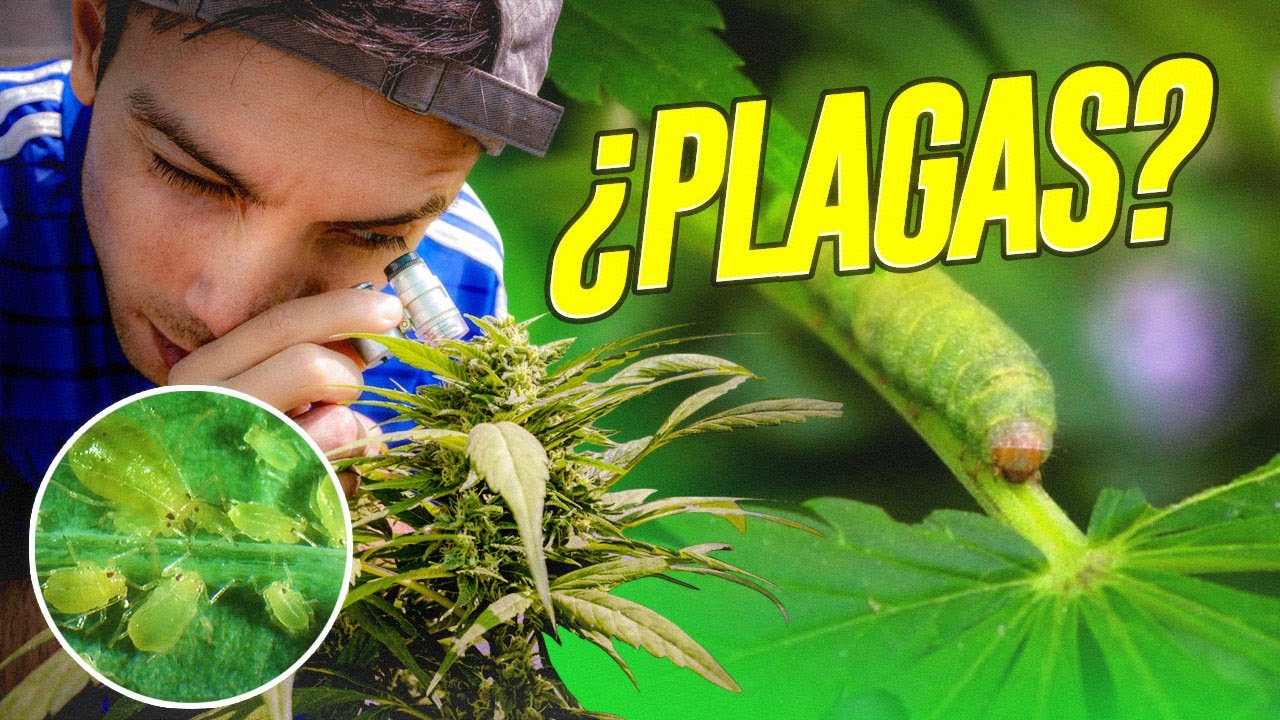
The Most Common Pests in Cannabis Cultivation: How to Identify and Control Them
1. Introduction to the most common PESTS in Cannabis cultivation Growing cannabis can be a rewarding experience, but it can also be threatened by various pests. These pests can compromise plant health and affect crop yields. It is critical that growers are able to identify and manage these issues effectively. Main Pests That Affect Cannabis…
-
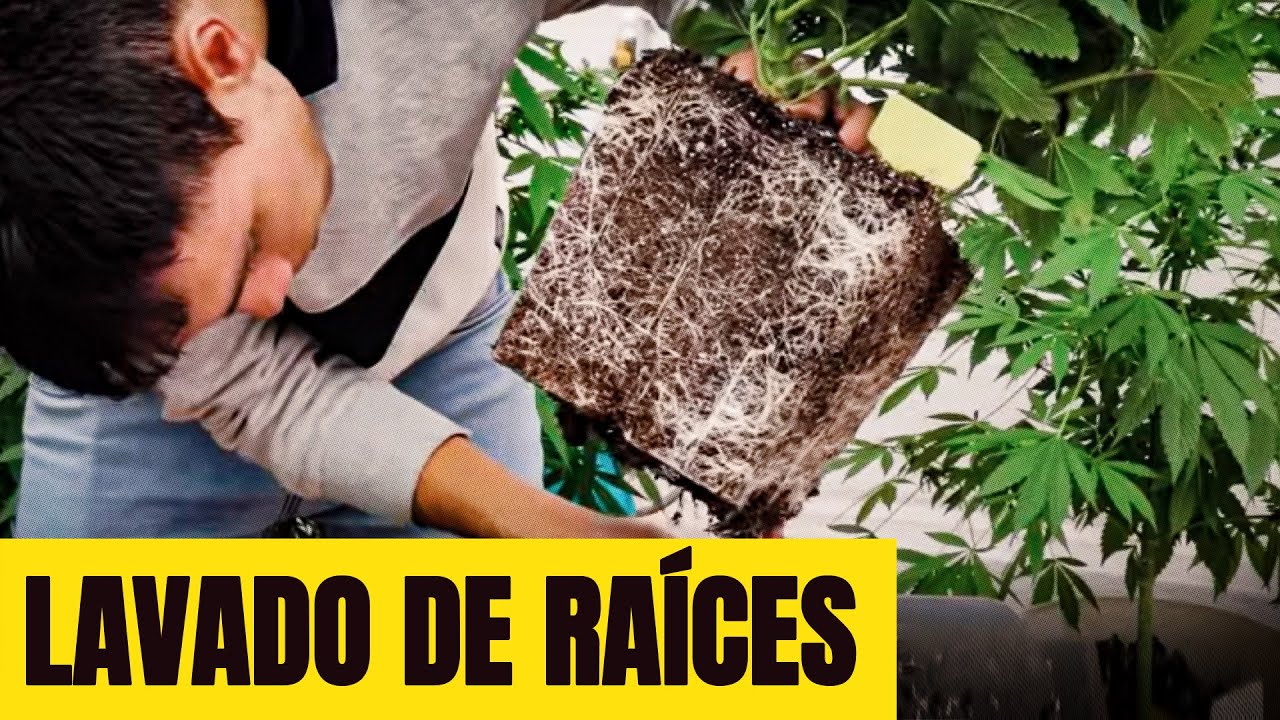
How to Flush Marijuana Plants: A Step-by-Step Guide for Growers
What is Flushing in Marijuana Plants? Flushing is a crucial technique in growing cannabis plants, especially in the final stage before harvest. Its main purpose is to remove excess nutrients and salts accumulated in the substrate, which can negatively affect the taste and quality of the final product. This process is typically done in the…

